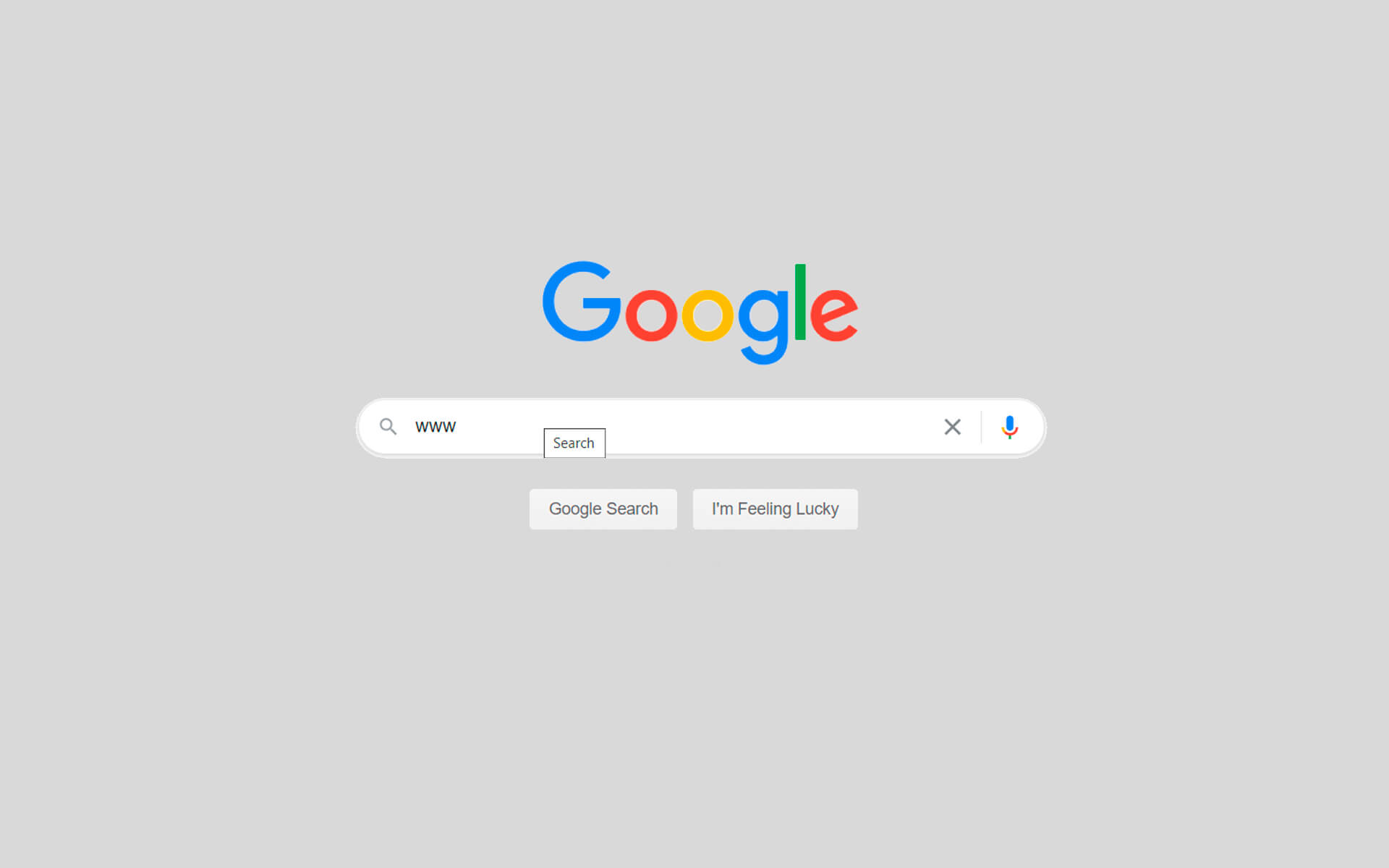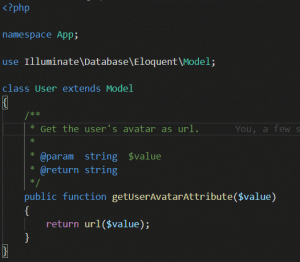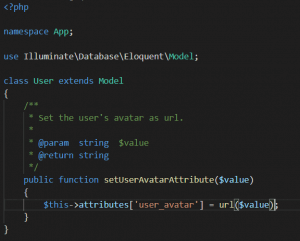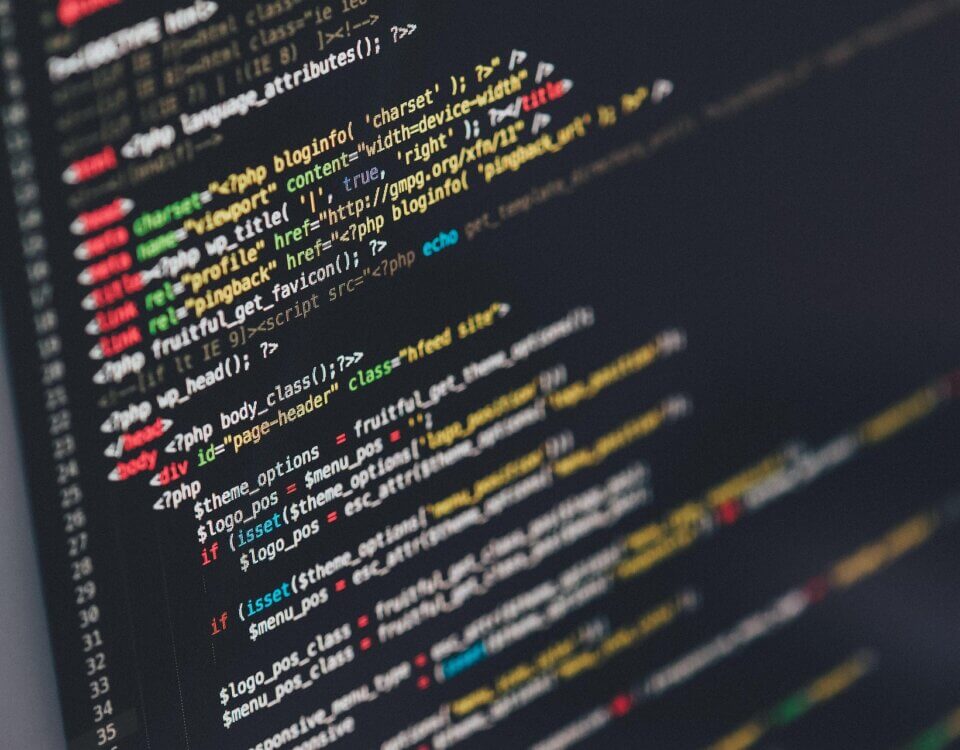
Datatables With Laravel
April 30, 2020
The Differences Between www And Non-www URL’s
May 18, 2020
In Laravel, Accessors and Mutators allow you to manipulate data when you store or read it. The Mutator allows you to alter data when it is stored, and the Accessor allows you to alter data when it is fetched from a database. These can be pretty useful if used correctly. For example, if you want to retrieve an image that was stored with a relative path in the form of a URL, i.e. A field stored in the user_avatar field as /path/to/image.jpg can become https://www.website.com/path/to/image.jpg.
Defining and making use of Accessor
To define an Accessor, create a getAccessorNameAttribute method in your Model where AccessorName is the "studly" cased name of the column you want to change. When we retrieve the user_avatar attribute, Eloquent will automatically make use of the Accessor.
As can be seen below, we pass the original value of the user_avatar attribute, and manipulate it to return in URL form. When the user_avatar attribute is accessed on a model instance, it will now return this new URL value.

Defining and making use of Mutator
To define a Mutator, create a setMutatorNameAttribute method in your Model where MutatorName is the "studly" cased name of the column you want to change. When we set the user_avatar attribute, Eloquent will automatically make use of the Mutator.
As can be seen below, we pass the original value of the user_avatar attribute, and manipulate it to convert the value to a URL. When the user_avatar attribute is set on a model instance, it will now set this new URL value.









